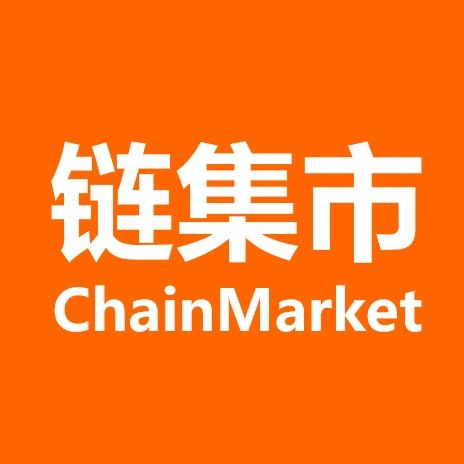The United Nations seeks to create inclusive and equal learning opportunities for all.
By 2025, approximately 100 million learners will be able to access higher education, but they will not have access to opportunities to participate in higher education.
Blockchain can support the dissemination of open educational resources on a global scale.
But there are challenges with using blockchain in education, such as the legality of data ownership, so more research is needed before it becomes commonplace.
Improving the quality of life for people around the world means investing in education. By 2025, it is estimated that more than 100 million learners will be able to attend higher education, but will not be able to access it because they cannot afford it, or because the program is not offered in their area. Courses cannot be delivered due to lack of technical infrastructure in the community or institution, lack of suitable content, or lack of Internet connectivity for students. There are also not enough qualified teachers available to teach online in a wide variety of subjects.
Free digital teaching materials known as Open Educational Resources, published by UNESCO, are critical to increasing access to learners around the world. These materials are key to supporting the UN Sustainable Development Goal 4 to ensure inclusive and equitable quality education and provide lifelong learning opportunities for all.
The technology known as blockchain is also considered an important resource to help achieve strategic development goals. Through the use of blockchain, it is possible to ensure affordable, fair and high-quality educational content internationally.
Educational institutions around the world have shifted rapidly to online education during the COVID-19 pandemic and are examining their long-term strategies. The UNESCO Institute for Information Technologies in Education (IITE) and its collaborators have been supporting educational institutions in their transition to online education using OER.
Online education may exist in many forms and in combination with classroom learning. This change also clarifies the continued importance of blockchain and OER.
secondary title
1. Public domain, free to adapt
UNESCO defines open educational resources as teaching/learning materials that are in the public domain or openly licensed, allowing users to reuse, adapt and redistribute them free of charge.
Open educational resources are not limited to textbooks or courses. They can also be educational games, podcasts (Podcasts), videos and applications. They significantly reduce the cost of learning content for students. They are also used to empower teachers and learners with timely access to high-quality content that facilitates learning.
A blockchain can be described as a digital distributed ledger or database distributed over a network. The technology is not controlled by any central authority, so OERs can be safely and efficiently shared in blocks in chains across the public network. Blockchain can support the dissemination of open educational resources on a global scale.
secondary title
2. Plagiarism
What needs to be understood is that blockchain can be used to securely facilitate collaboration between two or more people. The original record cannot be deleted or changed. Since each new block in the chain is timestamped, all changes can be easily traced back. This is crucial for some OER authors who worry about not being credited or being plagiarized.
This concern can be reduced by using a blockchain, since the blocks in the chain cannot be changed. No matter how much a resource has been altered, we can always be sure who the original author was.
Adaptations require the creation of a block, which is automatically linked to the block of the original content. Block-encapsulated open educational resources are indestructible. Plagiarism becomes obsolete when each block of an iterative resource is time-stamped and recorded.
The traceability capabilities of the blockchain allow authors to see if or when their work has been misused, allowing them to challenge any misuse. Transaction records cannot be hidden, so every adaptation of the original source is traceable. It is also possible to upload a new version of an existing resource. Traceability is maintained as each block or ledger is distributed across the network.
This means that resources created using the blockchain will have an always-on nature, preserving all adaptations of the content. All resources saved as blockchain records are secure and permanent. This feature becomes very important if an agency disappears, or a creator moves elsewhere or retires.
secondary title
3. Passwords, Legal Issues, Storage
Applying blockchain in education has its own challenges. These include the difficulty of changing existing systems, legal issues around data ownership, limitations on storage space, and the need for privacy protections.
Some recent news about Bitcoin has concentrated on the fact that if the password cannot be retrieved, the user will completely lose control of the assets on the blockchain. This human element of remembering passwords could seriously hinder the use of blockchain in education.
Also, like other online databases, blockchains are vulnerable to unexpected failures. Blockchain permanence can also be a hindrance: if unwanted, fake, unscientific, or illegal content is accidentally or maliciously added to the blockchain, it cannot be removed.
There is a lack of people implementing blockchain technology. Likewise, the speed at which blockchains are created and maintained, and especially the high energy costs, are also concerns.
Using blockchain technology to accommodate open educational resources is a huge advantage for achieving the United Nations Sustainable Development Goal 4 (to improve access to quality, affordable education globally). But more research and political will are needed to overcome barriers to implementing the technology.
This article comes from www.weforum.org, authored by Rory McGreal, a world-renowned distance education university - Athabasca University, chair professor of open educational resources.










